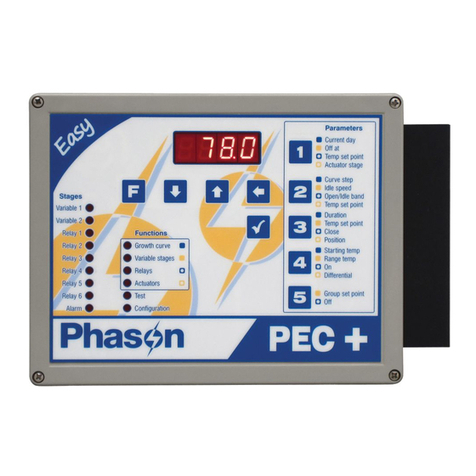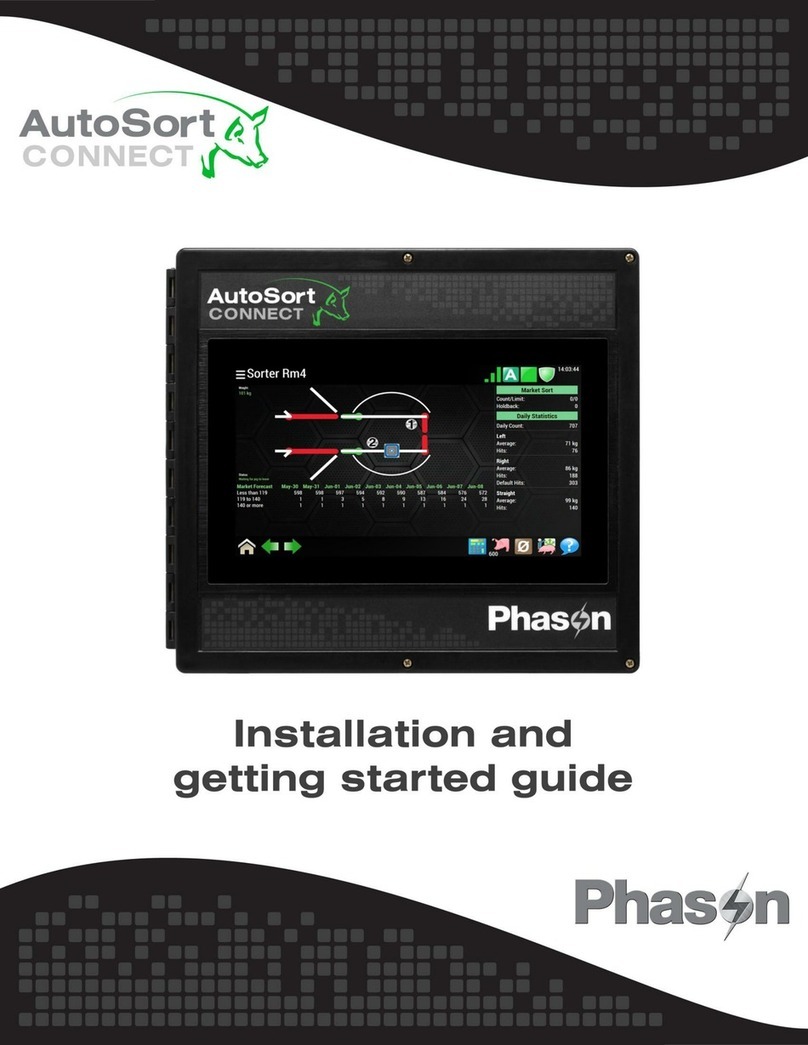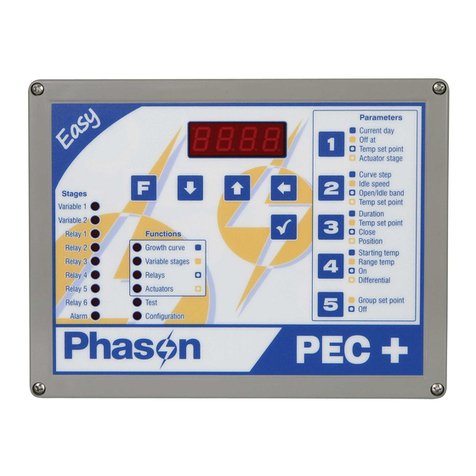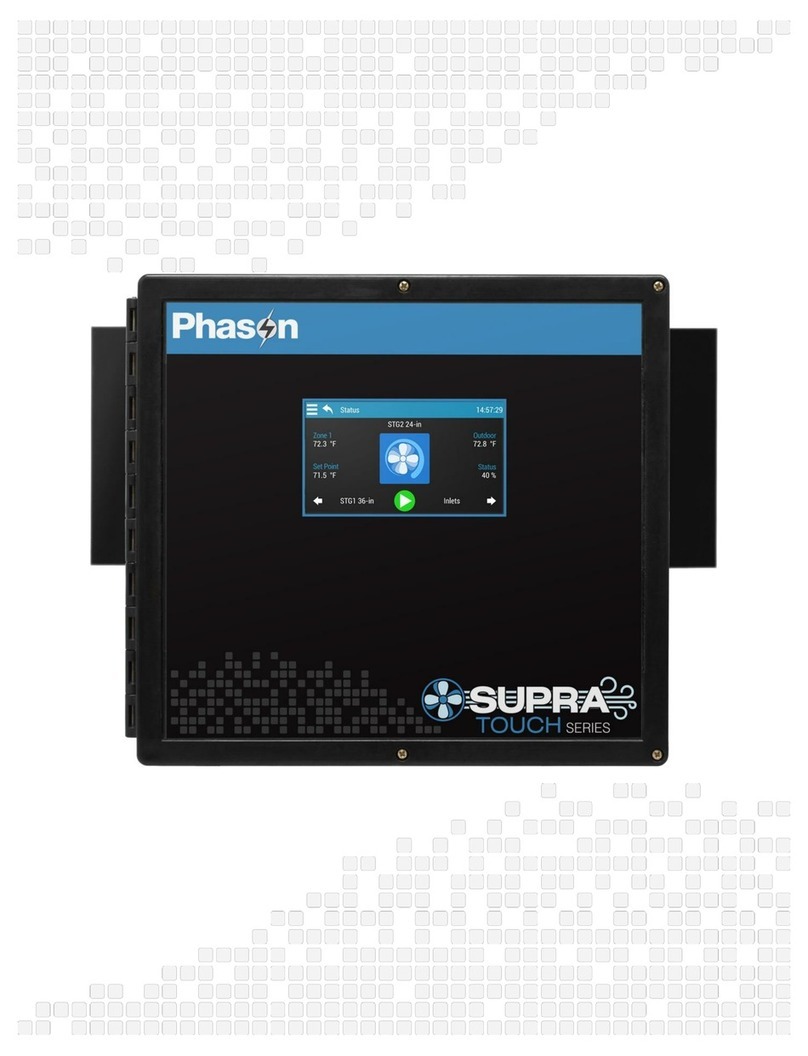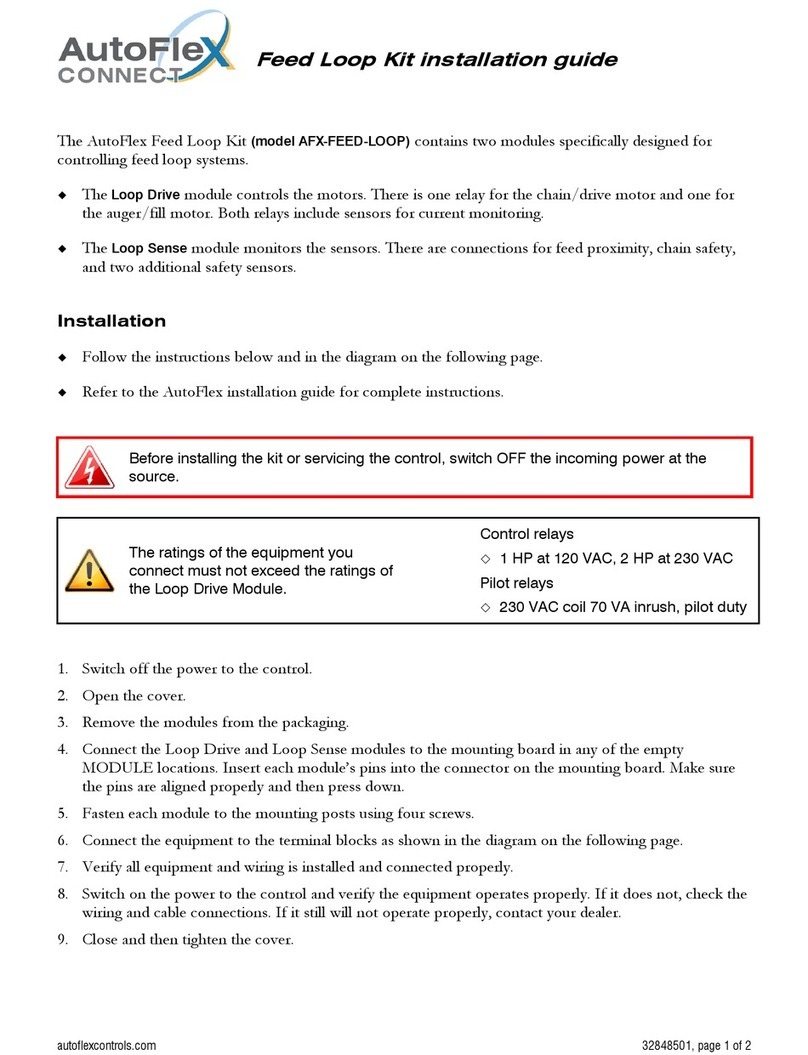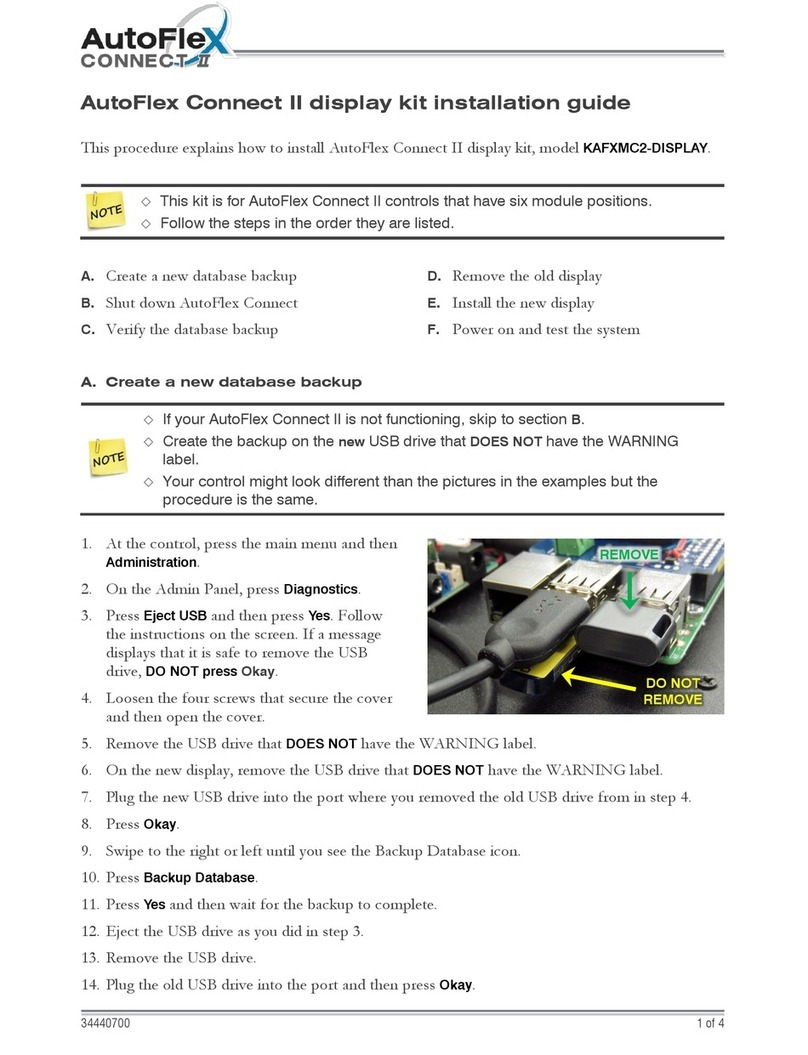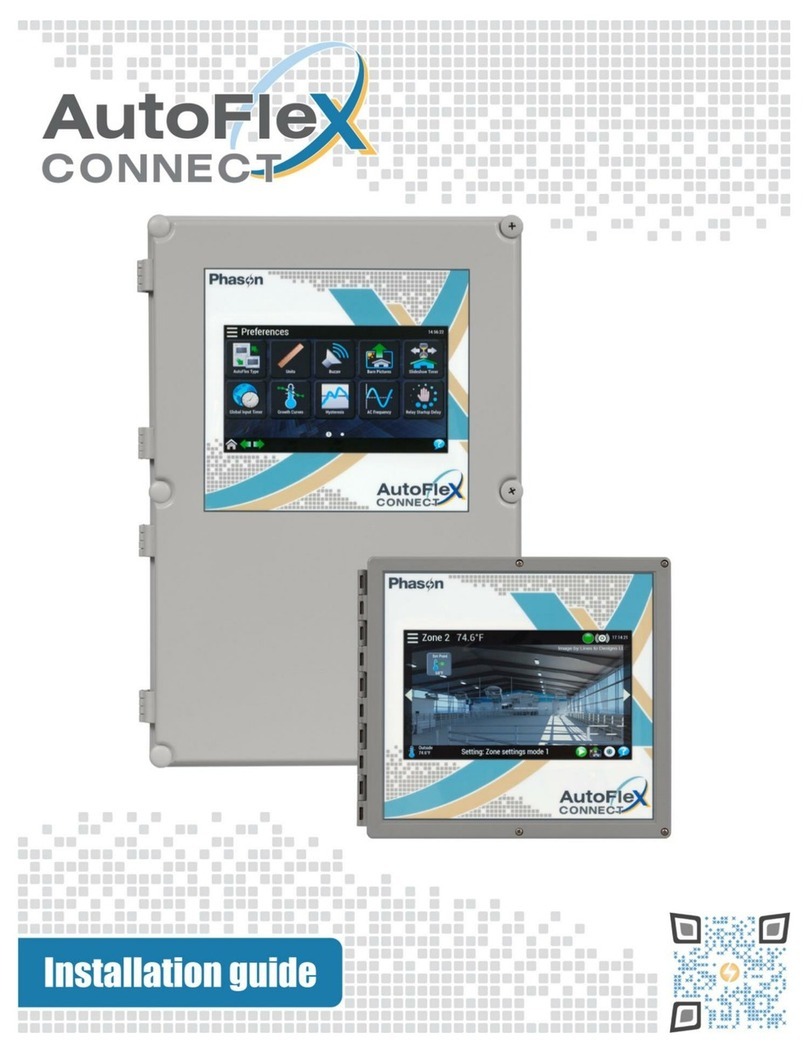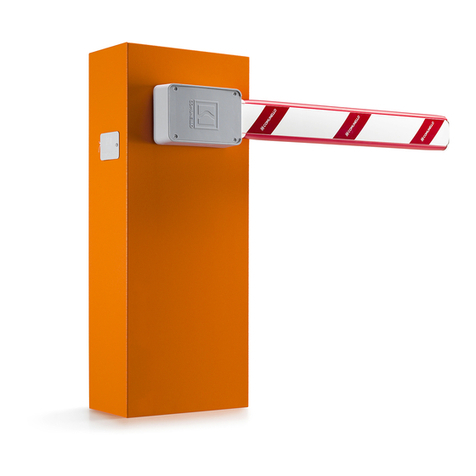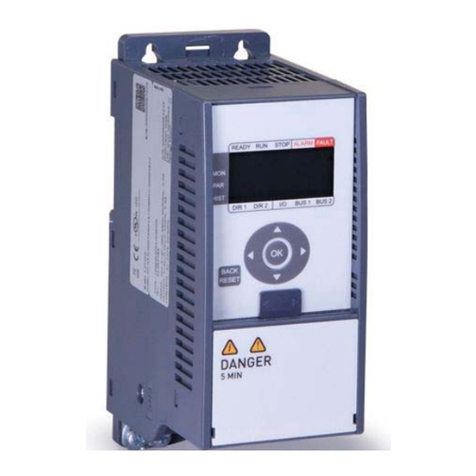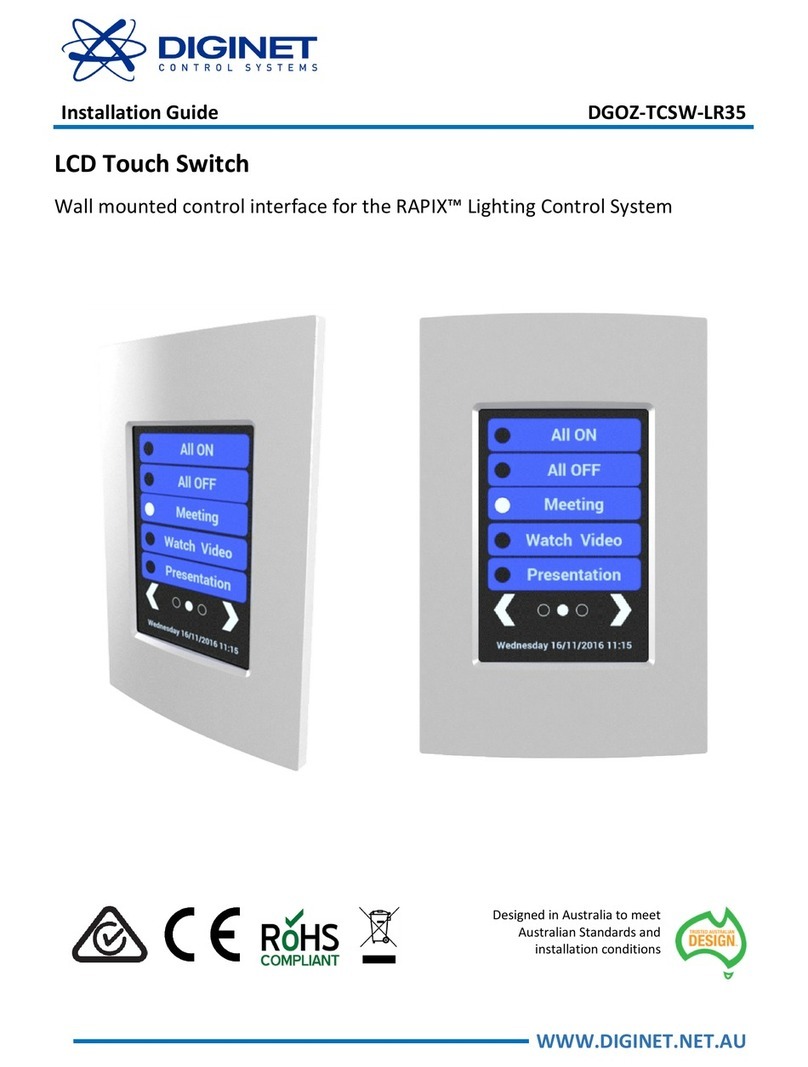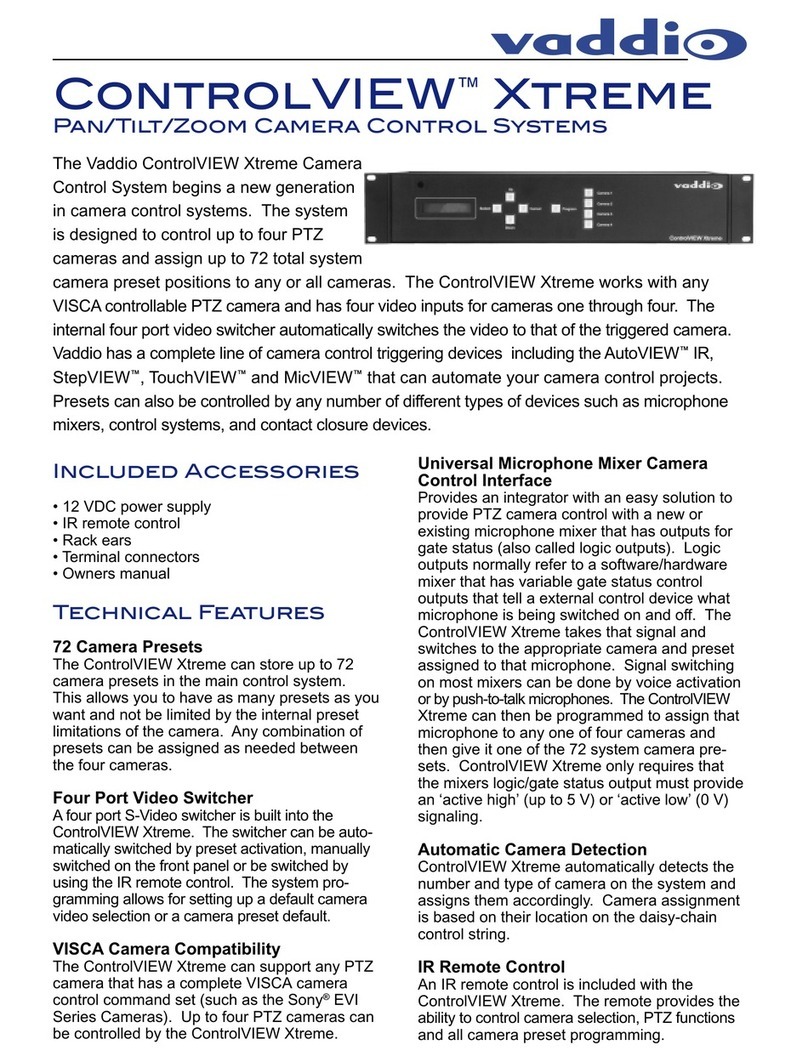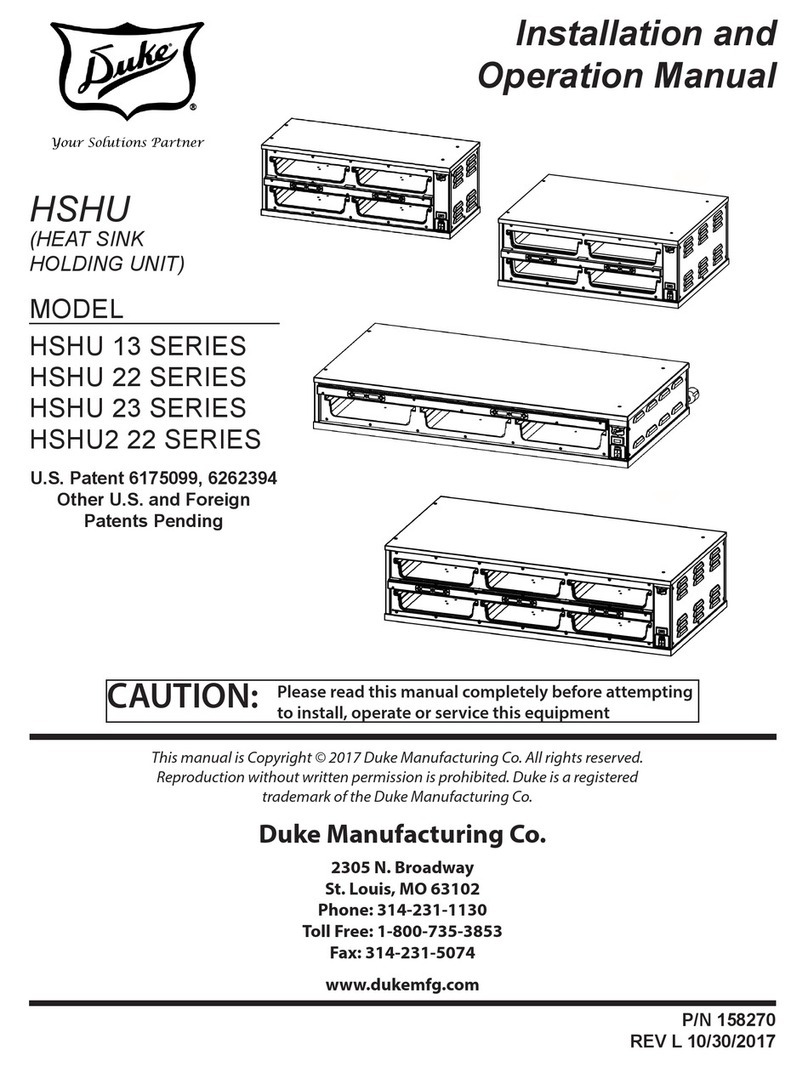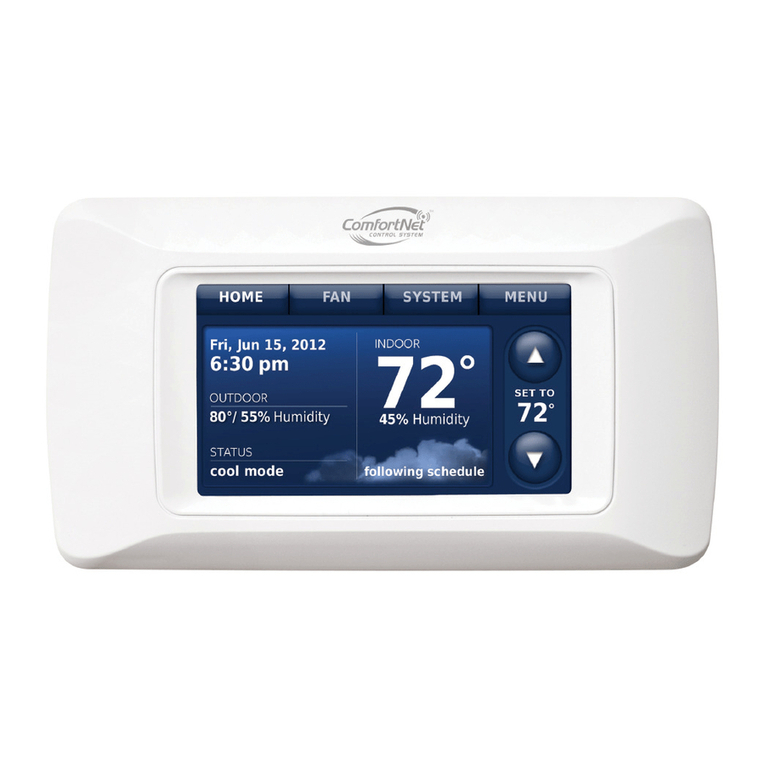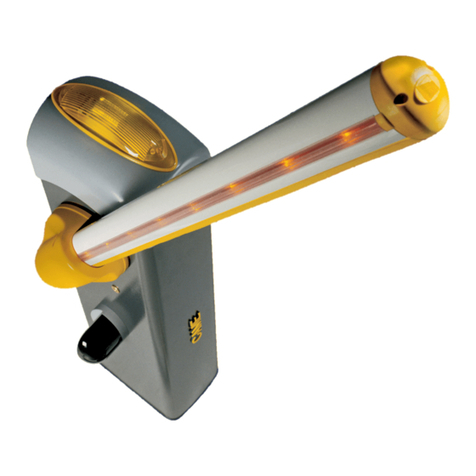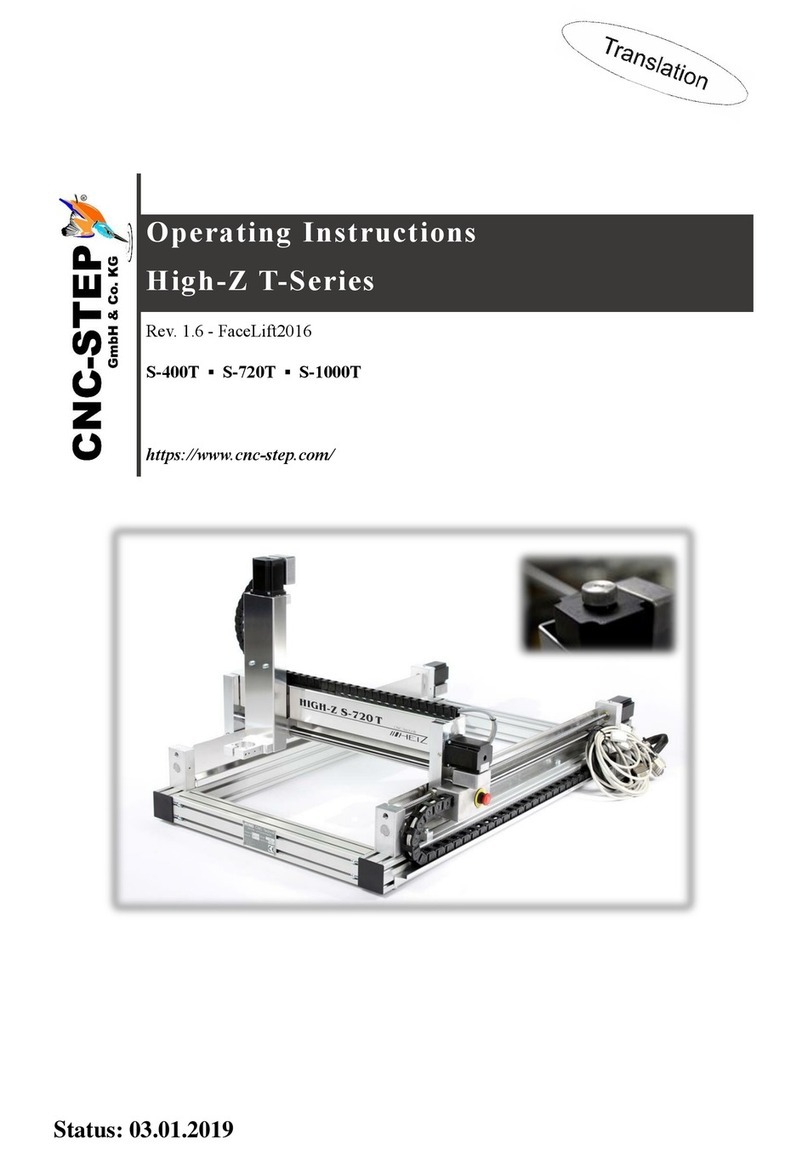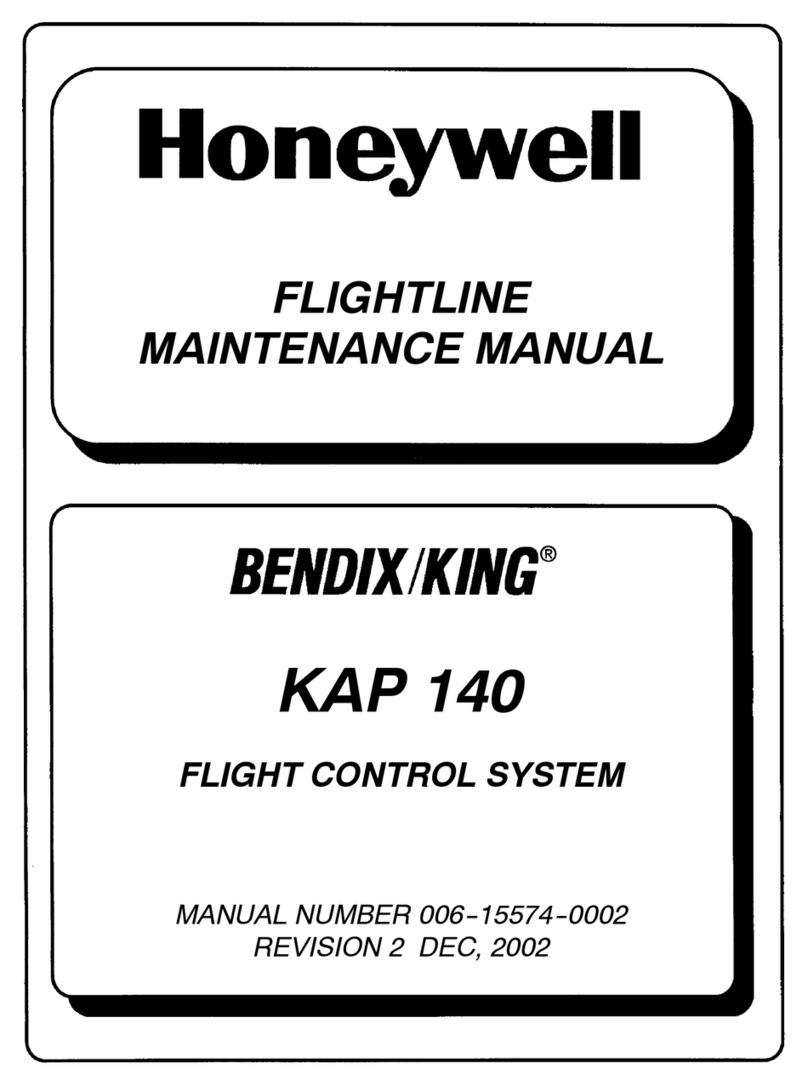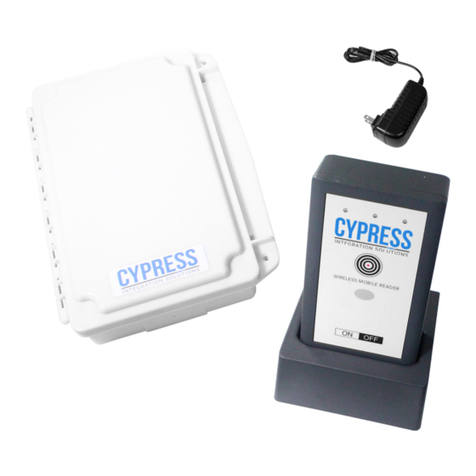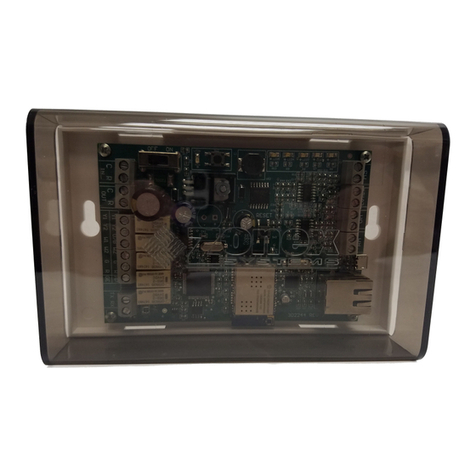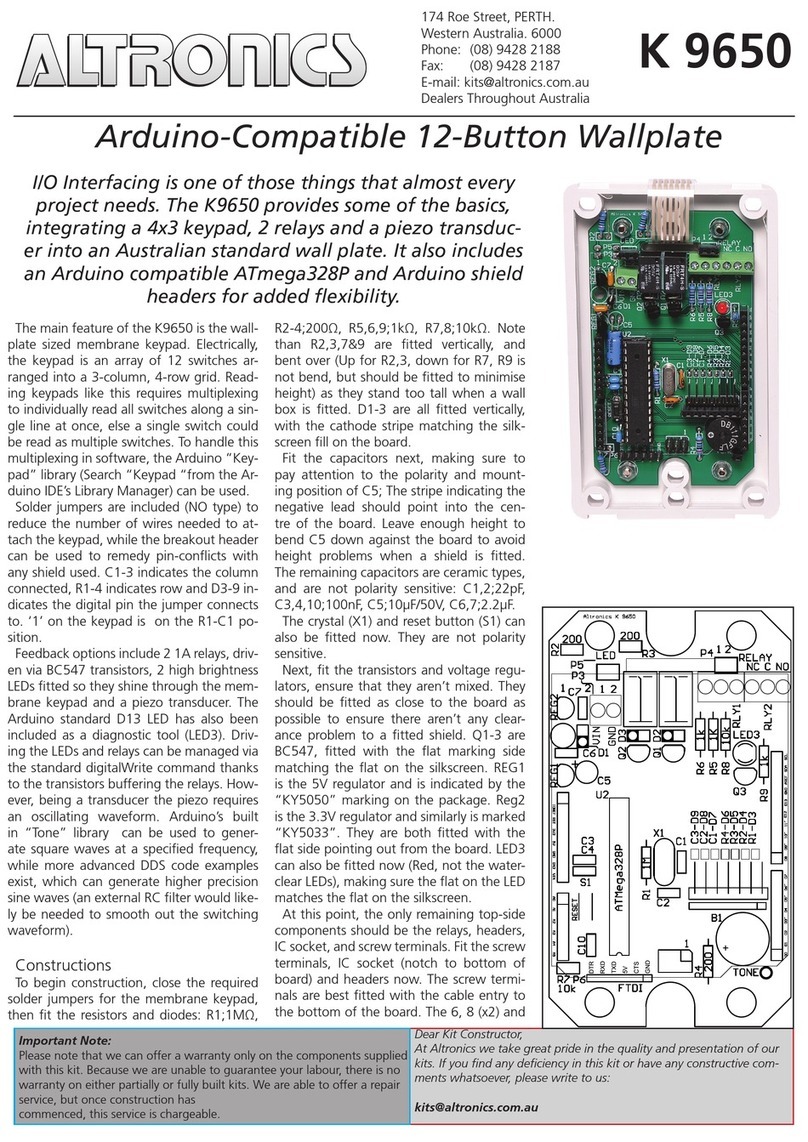FC-1T-1VAC-1F 6 / 8 11148000
Changing the temperature display units
The °F/°C jumper lets you select whether the control displays
temperatures in degrees Fahrenheit or Celsius. To change the setting,
position the jumper as shown.
Hysteresis
Hysteresis helps prevent damage to the control and equipment connected to it by preventing them from switching
on and off rapidly when the temperature is hovering close to the set point.
The FC-1T-1VAC-1F has a 1°F (0.5°C) hysteresis. This means the fan will turn off at 1°F below the point it turned
on at. For example, if the temperature set point is 75°F, the fan will turn on at 75°F, off at 74°F.
Off setback (OSB)
OSB is the number of degrees below the temperature set point (TSP) that the fan will switch between off and idle.
Idle mode provides minimum ventilation at temperatures below the TSP. See the example on page 3.
To adjust OSB
1. Click the switch to the right to start at the beginning of the parameter
list.
2. Click the switch to the left two times and then hold. The display flashes
between oS and the setting. Ifžd displays, the control is in idle mode.
3. Use a small flat screwdriver to adjust the internal trimmer to the
desired OSB or turn the trimmer fully clockwise to put the control into
idle mode.
Minimum ventilation in OSB mode
1. There must be a temperature probe connected before you can adjust the minimum ventilation.
2. Turn the IDLE SPEED knob fully counter-clockwise and then back 1/4-turn clockwise.
3. Click the front cover switch to the right and hold while turning the TEMPERATURE knob fully clockwise and
then release the switch. The fan should not be running
4. Click the front cover switch to the right and hold while slowly turning the TEMPERATURE knob counter-
clockwise. When the fan runs full speed, release the front cover switch and the TEMPERATURE knob.
5. The fan runs at maximum speed for approximately three seconds, then changes to idle speed. The
TEMPERATURE knob should be approximately 1°F higher than the temperature.
6. Slowly adjust the IDLE SPEED knob until a satisfactory speed has been reached. A voltmeter is helpful for
determining the voltage. If you are unsure, see your fan dealer for the minimum idle voltage for your fan motor.
7. Click the front cover switch to the right and adjust the TEMPERATURE knob to the desired temperature.
8. Release the switch.

